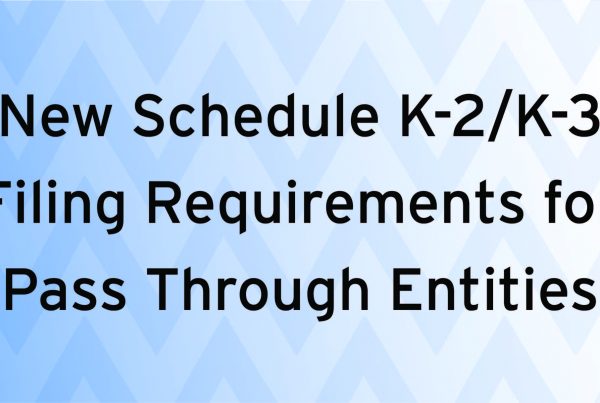IRS has announced the 2018 cost-of-living adjustments (COLAs) with respect to retirement plan limits. Many limits, which are adjusted by reference to Code Sec. 415(d) , are changed for 2018 since the increase in the cost-of-living index met the statutory thresholds that trigger their adjustment. However, others remain unchanged. Certain dollar limit changes keyed to Code Sec. 1(f)(3), have also increased.
The following plan limits are increased effective Jan. 1, 2018:
Elective deferrals. The limit on the exclusion for elective deferrals increases from $18,000 to $18,500. This limitation affects elective deferrals to Code Sec. 401(k) plans, Code Sec. 403(b) plans, and the Federal Government's Thrift Savings Plan.
Defined contribution plans. The limit on the annual additions to a participant's defined contribution account increases from $54,000 for 2017 to $55,000 for 2018.
Defined benefit plans. The limitation on the annual benefit under a defined benefit plan increases from $215,000 for 2017 to $220,000 for 2018. For participants who separated from service before Jan. 1, 2018, the 100% of average high-three-years' compensation is computed by multiplying the participant's compensation limitation, as adjusted through 2017, by 1.0197.
Annual compensation limit. The maximum amount of annual compensation that can be taken into account for various qualified plan purposes increases from $270,000 for 2017 to $275,000 for 2018.
ESOP 5-year distribution period. The dollar amount for determining the maximum account balance in an employee stock ownership plan (ESOP) subject to a 5-year distribution period increases from $1,080,000 to $1,105,000 for 2018, while the dollar amount used to determine the lengthening of the five year distribution period increases from $215,000 to $220,000 for 2018.
Government plans subject to the grandfather rule. The annual compensation limitation for eligible participants in certain governmental plans that, under the plan as in effect on July 1, '93 allowed COLAs to the plan's compensation limit to be taken into account, increases from $400,000 for 2017 to $405,000 for 2018.
Government, etc. deferred compensation plans. The limit on deferrals concerning deferred compensation plans of state and local governments and tax-exempt organizations, increases from $18,000 for 2017 to $18,500 for 2018.
Gratuitous transfers of employer securities. The limitation concerning the qualified gratuitous transfer of qualified employer securities to an employee stock ownership plan increases from $45,000 for 2017 to $50,000 for 2018.
Control employee. The employee compensation amount used in the definition of "control employee" for purposes of the auto commuting rule increases from $105,000 for 2017 to $110,000 for 2018. And, the compensation amount increases from $215,000 for 2017 to $220,000 for 2018.
Premiums on longevity annuity contracts. The dollar limitation on premiums paid with respect to a qualifying longevity annuity contract increases from $125,000 for 2017 to $130,000 for 2018.
Systemically important plan. The threshold used to determine whether a multi-employer plan is a systemically important plan increases for 2018 from $1,012,000,000 to $1,087,000,000.
The following plan limits are unchanged:
- Highly compensated employee. The dollar limit used in defining a highly compensated employee remains unchanged at $120,000 for 2018.
- Key employee in top-heavy plan. The dollar limit relating to the definition of a key employee in a top-heavy plan remains unchanged at $175,000.
- Catch-up contributions. The dollar limit for catch-up contributions to an applicable employer plan other than a SIMPLE 401(k) plan or a SIMPLE IRA for individuals aged 50 or over remains unchanged at $6,000 for 2018. The dollar limit for catch-up contributions to an applicable employer plan for individuals aged 50 or over remains unchanged at $3,000 for 2018.
- Simplified employee pensions (SEPs). The compensation limit under (amount of compensation above which an employee who meets other requirements must be able to participate in the employer's SEP plan) remains unchanged at $600 for 2018.
- SIMPLE accounts. The maximum amount of compensation an employee may elect to defer for a SIMPLE plan remains unchanged at $12,500 for 2018.
© 2017 Thomson Reuters/Tax & Accounting. All Rights Reserved.





